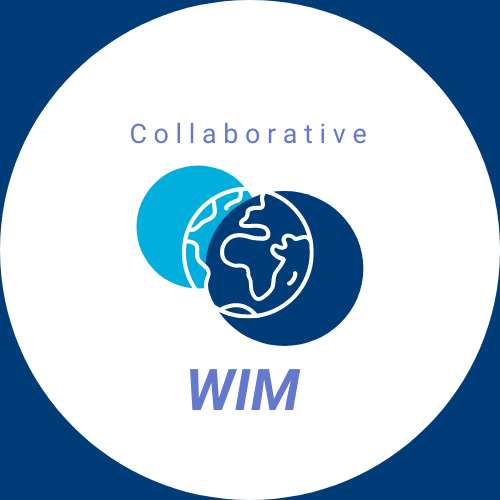Collaborative WIM in Support of Iffat Islam’s Call to Action for Returnships
“… relaunching is different from a regular job search: People who’ve taken a career break need to build back confidence, reinvigorate their networks, figure out what they want to do all over again, and then upskill or reskill—all on top of what a job search normally entails.”
-Carol Fishman Cohen, “Return-to-Work Programs Come of Age”, (Harvard Business Review, Sept-Oct 2021)
Women looking to return to the workplace face a job market that looks at their career breaks with skepticism[1]—a problem Goldman Sachs began to tackle in 2008 with one of the first corporate returnships[2]. Intended for mid-career professionals who have taken a career break, returnships are paid internship programs designed to refresh technical and soft skills while incorporating mentoring and networking opportunities within the organization.
The goal is to hire participants, upon completion of the returnship, directly into open or upcoming positions at the firm. Currently, a third of the Fortune 50 have these programs, with the likelihood of a returnship transitioning to permanent employment averaging over 80%.[3]
While returnships offer the most structured on-ramps for women looking to return to work, the number of applicants for returnships far outstrips the number of openings. Reported acceptance rates are .025% for General Motors’ returnship and .019% for Goldman Sachs’[4], with many returnships structured as once-in-a-calendar-year opportunities.
An employment search outside of a returnship can take years to translate into employment, even for highly-qualified returners.
No matter the route, employment after a career gap is often at more junior level than previous employment—in terms of compensation and seniority.[5] While sometimes a choice that can pay dividends through eventual career advancement—advocacy, and self-advocacy are more difficult without the active network that most mid-career professionals have in place.
In thinking about how Collaborative WIM could be uniquely helpful—I found the two most challenging suggestions in NBCUniversal’s “Comeback career! 12 smart job-searching tactics from those who got hired during the last economic downturn” to be relevant to your singular strengths and mission:
"Successful relaunchers typically have an “always-learning” mindset.
They…took new courses and certificate programs, got recommendations from old colleagues on the top experts in their fields and read those experts' books, articles and websites.”
“They didn’t job search alone.
They formed squads of like-minded relaunchers and went about the process together. They met regularly, kept each other accountable and moving forward, supported each other when they got discouraged, and were great sounding boards on everything from checking typos on resumes and LinkedIn profiles to conducting mock interviews.”[6]
[1] A 2019 study found that that among similarly qualified applicants, the likelihood of a request for a job interview dropped over 50% for applicants with a 3-year job gap, with callback rates continuing to decline for every additional year of the job gap.
https://www.resumego.net/research/resume-employment-gaps/
Applicants who had taken a career break for caregiving faced a greater uphill battle. Compared with applicants with similar career breaks who had been laid off, caregivers were half as likely to receive a request for a job interview.
https://journals.sagepub.com/eprint/wss5qdJRASWnqYiQiBpp/full
[2] https://hbr.org/2019/06/helping-stay-at-home-parents-reenter-the-workforce
[3] https://hbr.org/2021/04/companies-should-do-more-to-normalize-career-breaks
[4] https://www.forbes.com/sites/jasonwingard/2019/02/13/are-returnships-the-key-to-relaunching-your-career/?sh=6dce3a743cdf Note: I sincerely hope that this is a misplaced decimal point in the original article. While acceptance rates are not publicized, it seems likely that the acceptance rates are higher—though still a dismal, low single digit percentage.
[5] https://hbr.org/2016/01/why-some-people-intentionally-take-a-pay-cut-when-resuming-their-careers
[6] https://www.nbcnews.com/know-your-value/feature/comeback-career-12-smart-job-searching-tactics-people-who-got-ncna1205256
